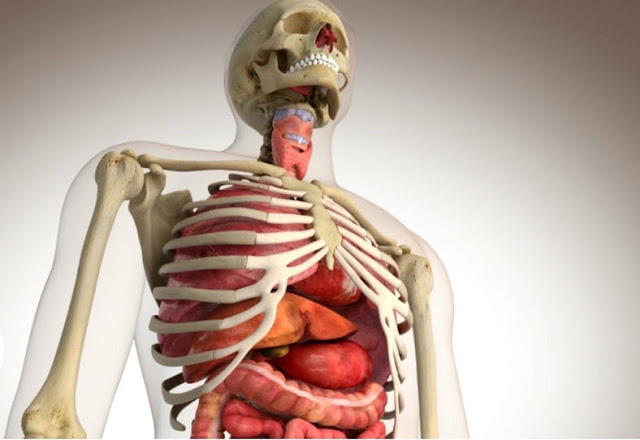by Staff writer
Is the human design perfect?
Hardly!
Contrary to popular belief, we are not made by some super-intelligent sky being who did no mistakes.
We are however what we are today because of evolution; and as explained by Alan Mann, a physical anthropologist at Princeton University: “Evolution doesn’t produce perfection, its focus is on function!”
Our design is full of so many flaws that we have only learned to function with.
The good news though is that we are still a very young species and still actively evolving.
In hundreds of years to come, we’d hopefully have gotten better substitutes to these flaws — if only our constant change in lifestyle does not completely mar that possibility.
Some of the significant things in human design that can be made better are:
1. Our Windpipe:
We can choke anytime while eating.
The trachea (windpipe) and esophagus (food pipe) open into the same space, the pharynx, which extends from the nose and mouth to the larynx (voice box).
A better design would be to keep the food and the wind tube separate.
2. Childbirth:
Childbirth in humans is a huge improvement over mammals like the hyena. But still it’s an extremely painful and complex process.
Because humans are bipedal, the birth canal is tilted. The baby does not drop down a true cylinder; instead, the baby must travel the rather sharp curve of the pelvis.
As a result, human births are much more troublesome than those of other large mammals. Also human babies have unusually large heads, which is in no comparison with the very narrow birth canal.
Bruce Latimer, director of the Center for Human Origins at Case Western Reserve University, in Cleveland, put it nicely:
“I would bet that in 10,000 years, or even in 1,000 years, no woman in the developed world will deliver naturally. A clinic will combine the sperm and egg, and you’ll come by and pick up the kid.”
A man’s life-giving organs hang vulnerably outside the body.
4. Superficial arteries:
One cut in the wrist can bleed us to death. We need significant protection around superficial arteries.
5. Sugar management issues:
We developed in an age when getting food required significant amount of work and it was rare.
6. Clumsy brain function:
How is it that we can recognize photos from our high school yearbook decades later, but cannot remember what we ate for breakfast yesterday? Are we “noble in reason”? Far from it!
Psychologist Gary Marcus in his book Kluge: The Haphazard Evolution of the Mind, lets us know that our minds are not as elegantly designed as we may believe.
The end product is a “kluge,” a clumsy, cobbled-together contraption. Some of the outcomes of this condition include: anxiety and depression, madness, unreliable memories, and confirmation bias.
7. Genitalia
The old canard springs to mind: “The human body must have been designed by city planners! Only they would put a playground next to a sewage treatment plant!”



